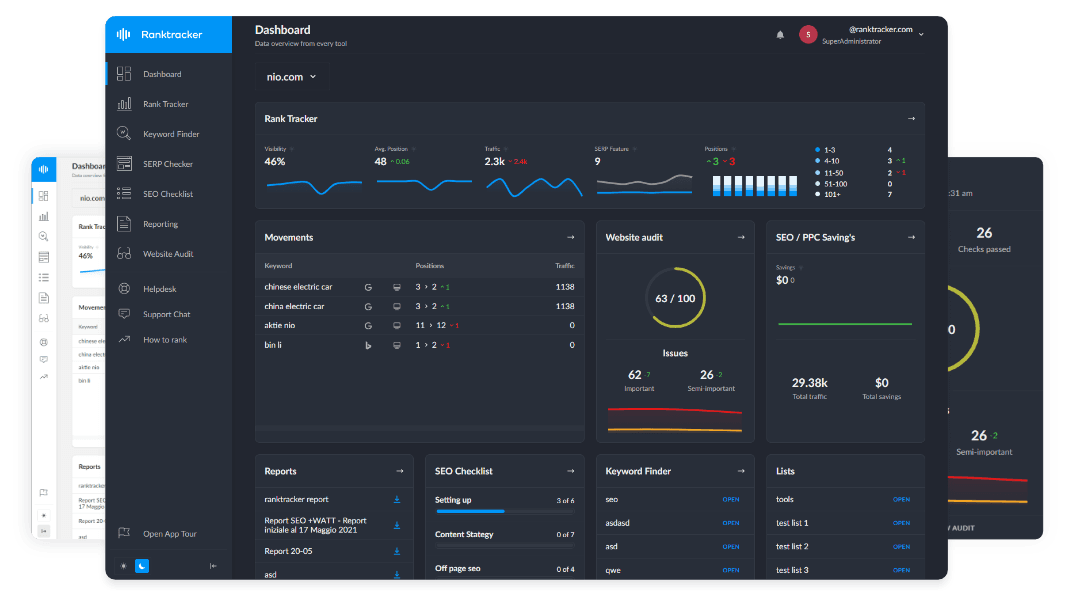Intro
SEO in Spanish-speaking markets requires localized strategies, cultural awareness, and a deep understanding of search behavior across different Spanish-speaking countries. With Google as the dominant search engine, businesses must optimize for Spanish-language searches, local SEO strategies, and mobile-first indexing. This guide outlines essential SEO tactics to improve rankings in Spain and Latin America.
1. Understanding the Spanish-Language Search Landscape
Spanish is spoken across multiple countries, each with unique search behaviors and trends. While Google dominates most Spanish-speaking regions, some markets also use alternative platforms.
Key Factors Affecting SEO in Spanish-Speaking Markets:
- Spanish-language search dominance, but variations exist in different countries (Spain vs. Latin America vs. US Hispanics).
- Mobile-first browsing, with over 80% of searches conducted via smartphones.
- E-commerce-driven searches, with platforms like MercadoLibre, Amazon Spain, and El Corte Inglés ranking highly.
- Local search importance, as Spanish-speaking users rely on Google Maps and local business directories.
2. Keyword Research for the Spanish Market
SEO in Spanish requires regional keyword adaptation, as words and phrases differ between Spain and Latin America.
Best Practices for Keyword Research:
- Use Google Keyword Planner, Ahrefs, and Ranktracker’s Keyword Finder to analyze Spanish search trends.
- Optimize for country-specific vocabulary (e.g., "ordenador" in Spain vs. "computadora" in Latin America for "computer").
- Focus on long-tail, intent-driven keywords (e.g., "mejores restaurantes en Madrid" vs. "restaurantes buenos en Madrid").
- Consider seasonal and event-based searches, especially around Black Friday, Christmas, and local holidays.
3. Local SEO for Spanish-Speaking Countries
Local SEO is essential for businesses targeting specific Spanish-speaking regions, particularly in countries like Spain, Mexico, Argentina, and Colombia.
Optimizing Google Business Profile (GBP) for Spanish Markets:
- Ensure NAP (Name, Address, Phone Number) consistency across directories.
- Optimize business descriptions in Spanish and, if applicable, local dialects.
- Collect and respond to customer reviews, as online reputation plays a key role in rankings.
- Use high-quality images and local keywords.
Building Local Citations and Business Listings:
- Get listed on Spanish business directories like Páginas Amarillas, Infoisinfo, and Yelp España.
- Register your business on MercadoLibre, Milanuncios, and El Corte Inglés if applicable.
- Ensure your business appears on Google Maps and local Spanish directories.
4. Content Optimization for Spanish Audiences
Spanish-speaking users prefer detailed, well-structured, and engaging content that resonates with their culture.
Content Best Practices:
- Write in neutral Spanish or local dialects depending on the target market.
- Use a conversational yet authoritative tone, as credibility is essential.
- Optimize for voice search, as Google Assistant usage is increasing in Spanish-speaking countries.
- Create seasonal and industry-specific content tailored to local events and consumer behavior.
5. Technical SEO Considerations
Spanish-speaking markets have fast-growing internet penetration, meaning technical SEO must focus on performance and mobile-friendliness.
Technical SEO Checklist:
- Use a .es domain for Spain and country-specific domains (.mx, .ar, .cl, etc.) for Latin America.
- Optimize for Core Web Vitals to improve page speed and user experience.
- Implement AMP (Accelerated Mobile Pages) for better mobile performance.
- Ensure mobile-first indexing is enabled.
- Use structured data (schema markup) to enhance search visibility.
6. Link Building & Digital PR in Spanish-Speaking Markets
Acquiring backlinks from high-authority Spanish-language websites improves domain authority and rankings.
Effective Link Building Strategies:
- Get featured on local news sites like El País, La Nación, and El Tiempo.
- Collaborate with Spanish influencers and bloggers for guest posts.
- Engage in local forums like Forocoches, Taringa, and Reddit Español.
- Submit press releases to Spanish-language media outlets.
7. Measuring SEO Success in Spanish-Speaking Markets
Tracking SEO performance ensures continuous optimization and improved rankings.
Key Metrics to Monitor:
- Organic traffic growth via Google Analytics.
- Keyword rankings using Ranktracker’s SERP Checker.
- Click-through rate (CTR) and bounce rate for engagement insights.
- Conversions from organic search to assess SEO effectiveness.
Conclusion
SEO in Spanish-speaking markets requires a localized, mobile-first, and content-driven approach. By implementing strong local SEO strategies, optimizing for Google’s ranking factors, and leveraging Spanish-language search trends, businesses can achieve higher visibility and better audience engagement in competitive markets.

